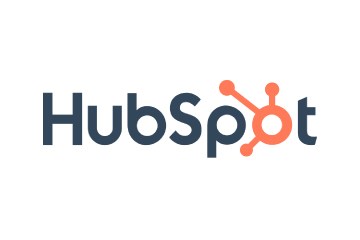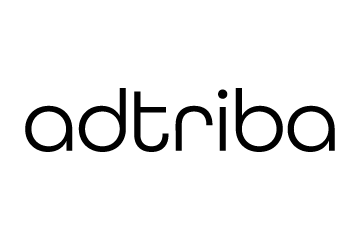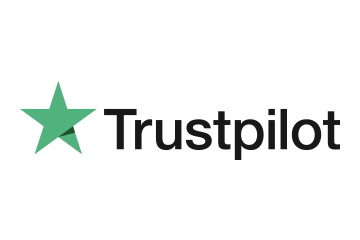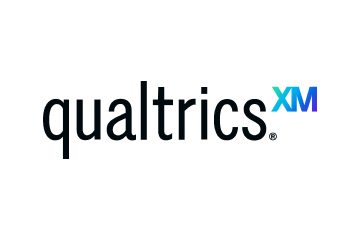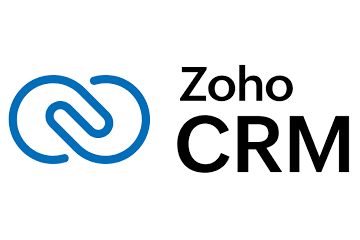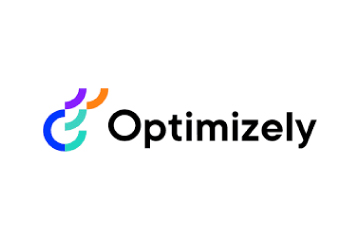Why Your tROAS Campaigns Fail: The Real Cost of Invalid Traffic
Invalid traffic is silently draining ecommerce ad budgets and corrupting tROAS signals. To scale efficiently, marketers must block fake clicks before they distort campaign data.
What to Read Next

If you’re running ecommerce campaigns, you’re probably relying on tROAS to drive performance. It’s a smart tool: set a return goal, and Google’s algorithm does the rest. But there’s a catch: invalid traffic (IVT) breaks the model.
“tROAS is only as smart as the data feeding it. If 20% of your clicks are fake, then it becomes challenging for your campaigns to hit your tROAS goals & you end up being unable to scale campaigns as efficiently,” said Bilal Niazi, Growth Marketing Manager, PureSquare.
Invalid traffic is any non-genuine interaction with your ads: bots, click farms, competitor clicks. In 2025, the cost of digital advertising fraud is forecasted to reach $114 billion globally. And if you’re not actively blocking invalid traffic, your tROAS campaigns are likely bleeding budget without delivering real customers.
The Scale of the Problem
The numbers paint a stark picture. According to recent industry data, invalid traffic accounts for roughly 22% of all digital ad spend, with some sectors seeing rates as high as 40%. For ecommerce retailers, this translates to millions in wasted budget annually.
The sophistication of invalid traffic has evolved dramatically. Early bot detection focused on obvious patterns: repeated clicks from the same IP, traffic from known data centers, or sessions with impossible geographic sequences. Today’s fraudulent traffic operates differently. Click farms employ real devices, rotate IP addresses, and train workers to behave like genuine shoppers, making detection far more complex.
How tROAS Works, and Where It Breaks
Google’s tROAS strategy automatically adjusts bids to hit your revenue targets. It prioritises keywords and placements based on expected conversion value, learning from historical performance data to predict which clicks are most likely to generate sales.
The algorithm analyses thousands of signals: user device, location, time of day, search history, and browsing behaviour. It then adjusts bids in real-time, sometimes multiple times per auction, to maximise the likelihood of hitting your target return on ad spend.
But this sophisticated system has a critical vulnerability: it assumes all clicks represent genuine user intent. If the underlying click data is inflated by fake traffic, the algorithm gets it wrong. It shifts spend to the wrong users, drops good-performing keywords, and chases phantom conversions. The result: wasted CPCs, distorted data, and no return.
The problem compounds over time. As tROAS algorithms receive more fraudulent signals, they begin to identify invalid traffic sources as high-performing placements. This creates a feedback loop where campaigns increasingly target fake users, driving up costs while driving down genuine reach.
The Economics of Fake Traffic
Understanding why invalid traffic exists helps explain its persistence. Click fraud operates as a profitable business model across several fronts.
Competitor sabotage represents one revenue stream. Businesses deploy bots to click on rivals’ ads, depleting their daily budgets and forcing them out of auctions. This tactic is particularly common in competitive industries like insurance, legal services, and high-ticket ecommerce categories.
Click farms offer another model. These operations, often based in regions with low labour costs, employ workers to manually click on ads from real devices. Rates can be as low as $0.01 per click, making it profitable even when only a fraction of traffic converts.
Affiliate fraud presents a third avenue. Fraudulent affiliates use bots to generate fake clicks and conversions, claiming commission on traffic they never actually delivered. This is especially problematic for retailers using affiliate networks to expand reach.
Fake Clicks, Real Impact
Click-through rate and cost-per-click are foundational metrics in ad optimisation. But bots and click farms mimic real users with increasing sophistication. They click, scroll, sometimes even stay on the page for realistic durations, yet never convert.
Modern fraudulent traffic employs advanced techniques to avoid detection. Bots can simulate mouse movements, adjust scroll speeds to mimic human reading patterns, and even trigger JavaScript events that suggest genuine engagement. Some sophisticated operations use machine learning to analyse successful user sessions and replicate those behaviours.
Most standard fraud detection tools miss this evolved approach. Platform-level filters catch obvious bot traffic but struggle with human-operated click farms or sophisticated bot networks that rotate IP addresses and vary their behaviour patterns.
So, what looks like high engagement in your campaign dashboards is actually draining your budget. Your team makes optimisation decisions based on corrupted data, continuously refining campaigns toward traffic that will never purchase. This creates a dangerous cycle where marketing teams chase metrics that don’t correlate with revenue.
The impact extends beyond immediate budget waste. When campaign data includes significant invalid traffic, it becomes impossible to accurately measure true customer acquisition costs, lifetime value, or return on ad spend. Strategic decisions about budget allocation, market expansion, and product promotion become based on fundamentally flawed data.
What to Watch For
Detecting invalid traffic requires monitoring specific behavioural patterns that indicate non-human activity. Some of the red flags you need to track in real-time include:
- Conversion rate anomalies: Sudden spikes in clicks with no corresponding lift in conversions often signal bot activity. Pay particular attention to campaigns that show engagement increases without revenue improvements.
- Geographic inconsistencies: Traffic from regions you don’t target, or unusual concentration from specific geographic areas, especially those known for click farms.
- Session behaviour patterns: Repeated clicks from the same IP address within short timeframes, classic click farm behaviour that’s easy to spot with proper monitoring.
- Engagement depth mismatches: High click volumes with abnormally low time on site, high bounce rates, or sessions that end before page loads complete.
- Device and browser fingerprinting: Multiple clicks from identical device configurations, browser versions, and screen resolutions can indicate automated traffic.
- Timing patterns: Clicks that occur in unnaturally regular intervals or outside typical human behaviour patterns, such as consistent activity at 3 AM in your target market.
And these patterns are happening every day in retail campaigns. The challenge lies in distinguishing between genuinely poor campaign performance and invalid traffic corruption. A campaign targeting the wrong audience might legitimately show high clicks with low conversions, while bot traffic creates similar symptoms.
Advanced monitoring requires analysing these signals in combination rather than isolation. A single red flag might indicate optimisation opportunities; multiple concurrent signals suggest fraudulent activity.
How to Stop It
The key to stopping IVT is catching it before it drains your budget, not after. That means analysing traffic at the session level, in real-time, and flagging anything that shows signs of automation, manipulation, or non-human intent.
This includes behaviours like:
- IP spoofing or unusual geolocation patterns
- Aborted sessions or excessive ad clicks from a single user
- Clicks with no downstream engagement, scrolls, events, or conversions
While most advertisers rely on standard platform filters, these often miss more sophisticated fake traffic. Advanced fraud detection systems now analyse dozens of behavioural signals simultaneously – mouse movements, scroll patterns, session duration, and click sequences – to identify non-human activity that basic filters miss.
“The challenge isn’t just blocking obvious bots anymore. Modern invalid traffic mimics human behaviour so well that you need to look at micro-patterns – how users interact with pages, not just where they click,” said Fahad Aldraiaan, Ecommerce Manager, Nabataty.
Effective fraud prevention requires a multi-layered approach. Real-time analysis can block obvious bot traffic before it impacts campaigns, while post-click analysis identifies more sophisticated fraud patterns. The goal is creating a comprehensive shield that adapts to evolving fraud techniques.
Machine learning plays an increasingly important role in this process. By analysing millions of legitimate user sessions, algorithms can identify subtle deviations that indicate fraudulent activity. These systems continuously learn and adapt, staying ahead of fraud techniques that manual monitoring might miss.
Stop Optimising for Bots
If you’re trusting automated bidding strategies to drive growth, you need clean traffic data. Otherwise, you’re optimising your ad campaigns based on fraudulent signals that will never generate real business value.
When platforms receive invalid engagement signals, their algorithms learn to target more of the same fake traffic. it’s actively teaching your campaigns to find the wrong audience.
Clean traffic data is essential for any automated bidding strategy. When algorithms optimise based on genuine user behaviour, they can identify and target real prospects more effectively, leading to better acquisition costs and stronger returns.
ALSO READ: The Hidden Costs of Paid Media Automation: Are Marketers Losing Control?













